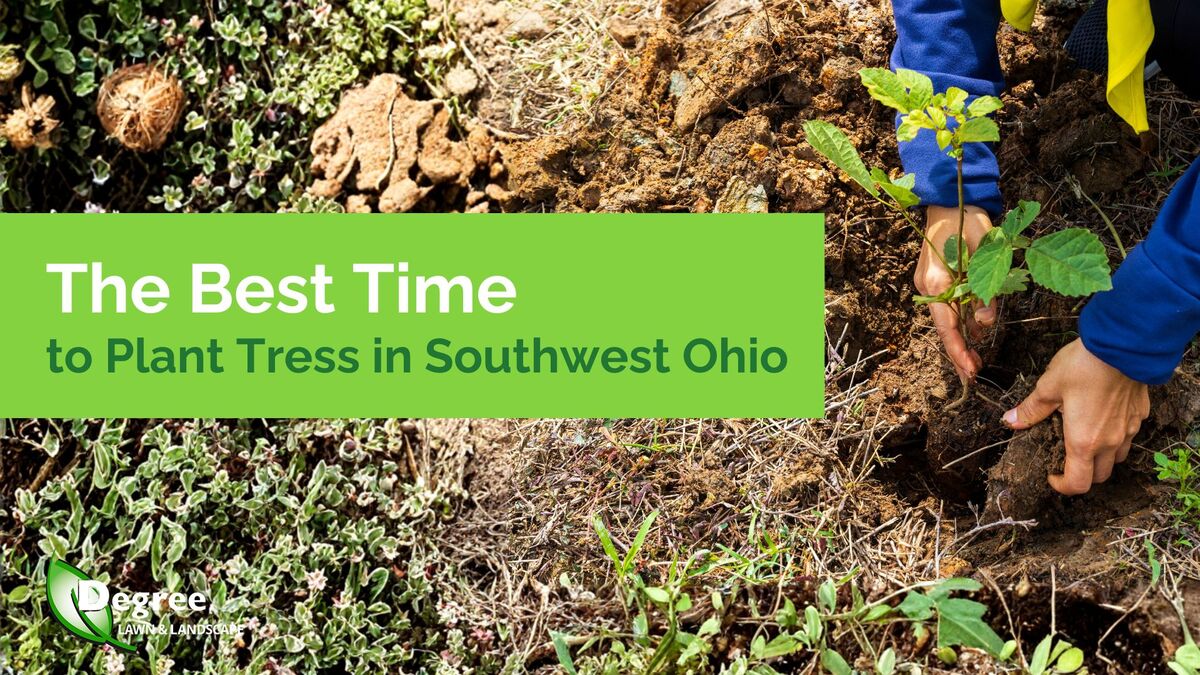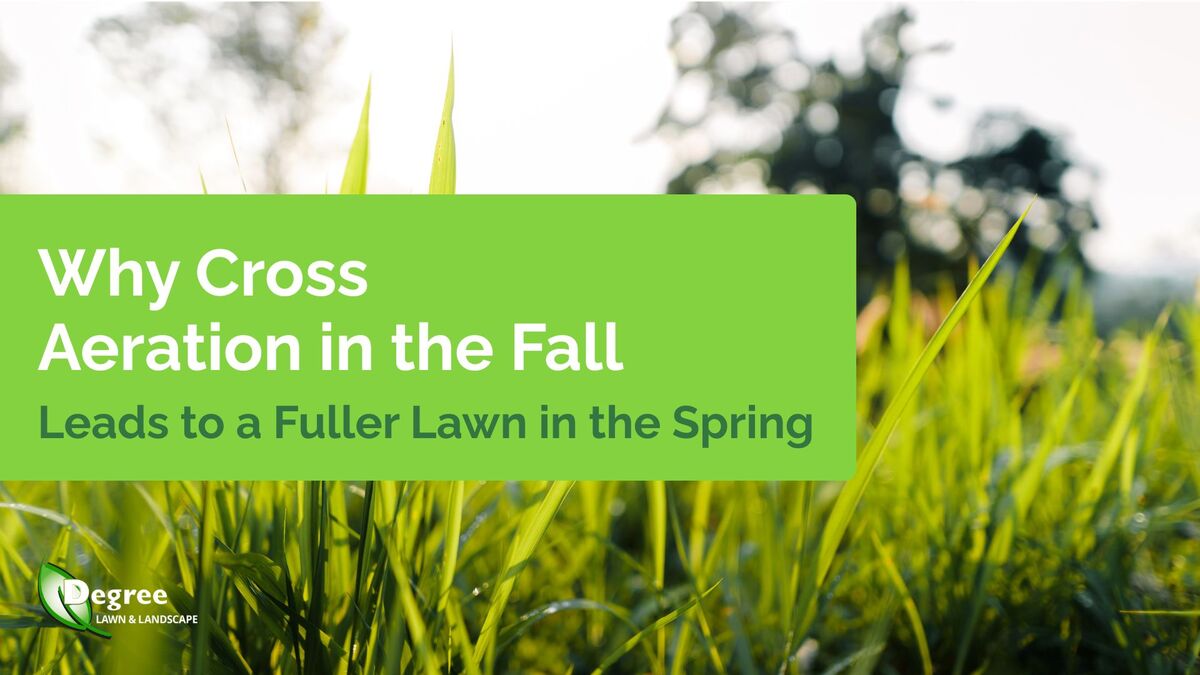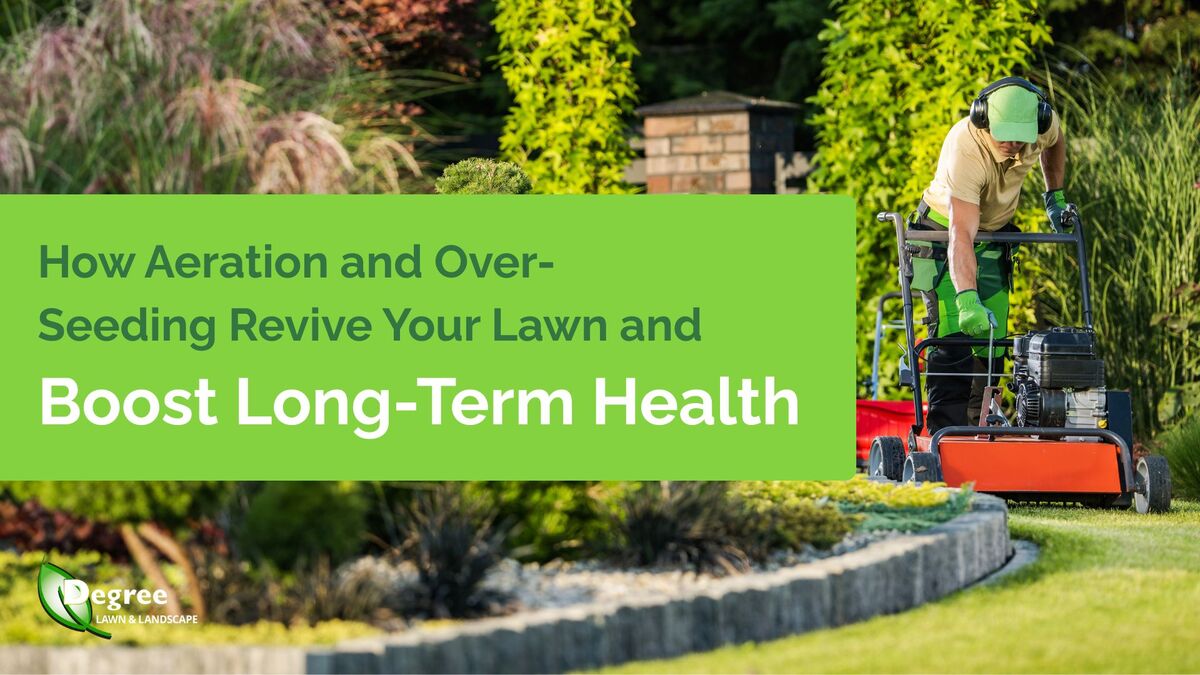Explore Expert Tips and Inspiration for Your Outdoor Space
Welcome to the Degree Lawn & Landscape blog, where we’re planting smiles and sharing our best landscaping insights.
Our articles offer inspiration, expert advice, and practical tips to help you create and maintain a yard that’s both beautiful and functional. Dive in and see how Degree Lawn & Landscape can make your outdoor vision a reality.
Have questions or ready to start a project? Contact Us Today to learn how we can create the perfect landscape for your home.
Blog
Entry Tags (62 found)
2025 Add value Aeration Backyard that glows Beautiful evenings Budget-friendly plants Cincinnati garden Cincinnati lawn Colorful Comfort and practicality Curb appeal Curb appeal Curb Appeal Degree Lawn Design a new patio Design the perfect space Drainage Essential Spring yard tasks Fall Fire pit Flowers Hardscpaing Heat Damage Heat output Holiday Holiday Entry Refresh Home value Landscape Landscaping Landscaping investment Landscaping mistakes Landscaping Tips Let light lead the way Maintenance Outdoor fireplace Outdoor living Outdoor living Outdoor living space Outdoor trends Over-Seeding Patios Perfect for your home Pest Control Planting Tips Prep for summer Pros and Cons Protect your Yard Quick tips Shrubs Spring lawn Spring lawn Spring time Summer test Tree and Shrub Replacement Trees Winter Drainage Winter Hardscaping Winter pruning Winter Water Damage Yard health Yard Treatments.png)
Protect Your Yard from Winter Water Damage
When snow and ice arrive, even a well-maintained yard can start to show signs of strain. Pooled water near the patio, icy spots along the walk, and cracks that appear after each thaw are all warnings ...

A beautiful landscape begins with what happens below the surface. When water pools after rain, lawns turn soggy, beds erode, and hardscapes start to shift. What many homeowners do not realize is that ...

The Best Time to Plant Trees in Southwest Ohio
Planting a tree is one of the most rewarding ways to improve your property. Trees add shade, color, and structure that last for generations, but their success depends on when they are planted.
In S...

6 Landscaping Traps That Cost You Curb Appeal
A fresh lawn and well-placed plants can elevate your home instantly, but even the best intentions can fall short without the right strategy.
Many homeowners pour time and money into their yards onl...

Boxwood moths are making their way into neighborhoods across Southwest Ohio. These small but destructive pests can strip boxwood shrubs bare in a single season, leaving behind brittle, brown skeletons...

When spring arrives, your lawn is one of the first things neighbors and guests notice. A full, green yard signals care, pride, and a home that feels inviting. Yet too often, thin spots and weak growth...

Have you noticed your lawn starting to look thin, patchy, or dull, even though you keep up with watering and mowing?
Over time, soil naturally becomes compacted, which makes it harder for water, nutr...

Does your patio feel cramped when friends come over for a football game or fall gathering? Maybe it looks fine in the summer, but when cool nights call for a firepit, cozy seating, and space to spread...
_720.jpg)
Fall brings cooler temperatures, calmer weather, and the best conditions of the year for strengthening your lawn. The soil is still warm, the air is crisp, and your grass has one last chance to root d...
_720.jpg)
Dry spots that spread overnight. Crunchy grass. Plants that droop by lunchtime. If that sounds familiar, your yard might be reacting to the heat.
Summer weather changes how lawns grow and behave. Suns...

